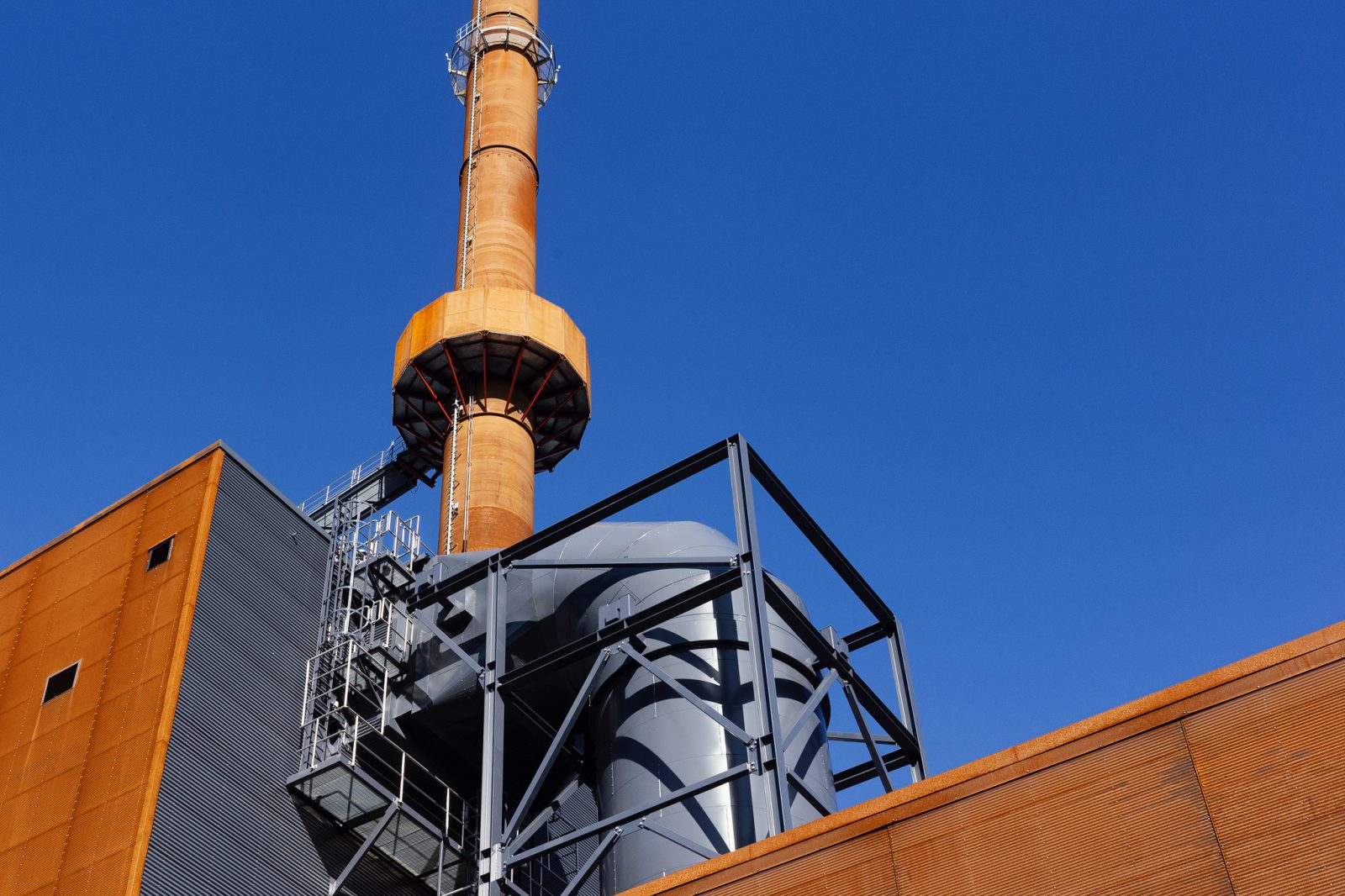Lahti Energy Ltd and Nordic Ren-Gas Ltd have signed a cooperation agreement on the feasibility planning of a power-to-gas plant to be built next to the Kymijärvi power plant. The study will ensure the technical and commercial feasibility of the project before the final investment decision is taken.
The power-to-gas plant will use electricity to produce renewable methane, which is used like biogas for heavy road transport. The carbon dioxide needed in the process will be recovered from the flue gases generated at the Kymijärvi power plant. The plant will also provide Lahti Energy with a significant amount of CO2-free heat based on waste heat for its district heating network.
The plant complex will be implemented in two phases, with the first electrolyser of approximately 20 megawatts commissioned in 2025. In the first phase, some 19,000 tonnes of carbon dioxide emissions will be recovered annually from the Kymijärvi power plants. This accounts for approximately one-quarter of Lahti Energy’s net emissions. The share of district heat produced with waste heat will rise to around 10%.
The second phase of the plant will be completed by 2030, at which point the electrolyser efficiency of the plant complex will increase to approximately 120 megawatts. In this case, nearly 40% of Lahti Energy’s district heat can be produced cost-effectively with waste heat.
Giant investment in support of climate targets – Lahti Energy to be carbon negative by 2030
The development of clean energy solutions in Lahti supports the city’s climate goals. The power-to-gas plant will reduce climate emissions in two different ways: the use of emission-generating fuels will be replaced by waste heat in Lahti Energy’s heat production, and significant amounts of carbon dioxide will be recovered for the production of renewable methane. The finished fuel will reduce the consumption of fossil fuels in heavy road transport.
Lahti Energy will have access to a carbon sink that, after the second phase of the plant, will turn the company’s carbon footprint negative by 2030: the company will sequester more carbon dioxide than it produces. The completed plant will sequester more than 100,000 tonnes of carbon dioxide for gas production every year.
– After the completion of the power-to-gas complex, the carbon handprint of Lahti Energy’s district heating production will become carbon negative, i.e. we will enable greater emission reductions than our own operations cause. If implemented, the project would therefore turn district heating in Lahti into a carbon sink, says Jouni Haikarainen, CEO of Lahti Energy.
Lahti Energy is an energy company owned by the City of Lahti.
